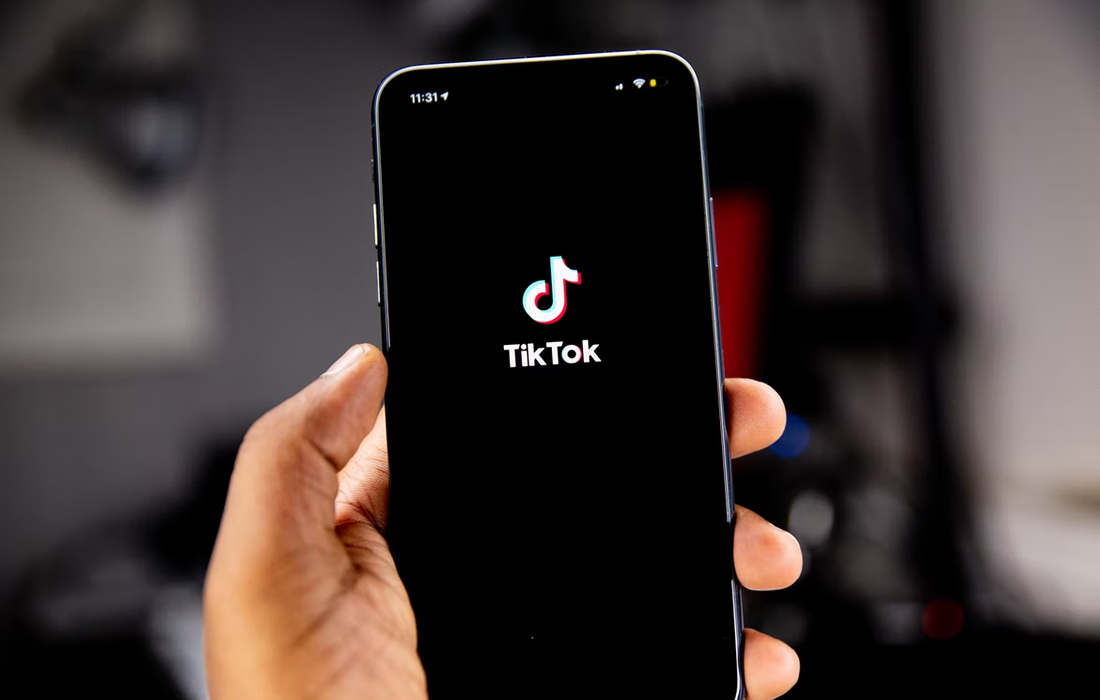Regenerative Medicine News and General Information
The Reason People Can’t Stop Watching TikToks
Most social media platforms used something called the recommender system, which makes recommendations to a user by predicting his/her interests. The video sharing platform TikTok (also known as Douyin in China), has gained widespread popularity all over the world, being the most-downloaded app with 738 million downloads in 2019, and with total downloads of over 1.5 billion.
One difference between TikTok and other social media is that they use a video length of typically about 15 seconds, and only a minority of over a minute. Their powerful recommender systems can predict each user’s interest and suggest personalized videos based on their previous browsing records.
Recently, a group of researchers investigated how personally recommended videos modulated brain activity using a functional MRI (fMRI). Their results appear published in the journal Neuroimage.
The Reason You Can’t Stop Swiping
Thirty healthy students from Zhejiang University participated in the fMRI experiment (14 females and 16 males). Seventy percent (20) of them had used TikTok for at least one year and 46.7% (14) reported that they spent more than one hour on watching short videos with this app every day.
There were two types of videos in this experiment: generalized recommended videos for new users (GV) and personalized recommended videos for experienced users (PV). The students’ individual brain activity was recorded as they watched the videos.
The team found that fMRI showed higher brain activations in some important brain areas, including ventral tegmental area, and discrete regions including lateral prefrontal, anterior thalamus, and cerebellum when viewing personalized videos in contrast to non-personalized ones.
The areas found to have increased activity play an important role in reward cognition and were the ones that showed significant positive activation in response to the personalized videos, meaning that the reward center is likely activated more as people watch videos curated for them by TikTok.
These types of videos also showed an increased activation of a part of the brain that helps you focus more on them. Lastly, the team found that watching personalized videos also decreases activity in areas of the brain thought to be involved in exhibiting self-control. That is the reason they believe people have a hard time to stop swiping through video after video, causing an addictive behavior.
Source:
Conghui Su, et al. Viewing personalized video clips recommended by TikTok activates default mode network and ventral tegmental area. 2021. Neuroimage. https://doi.org/10.1016/j.neuroimage.2021.118136
Image from:
Photo by Solen Feyissa on Unsplash

